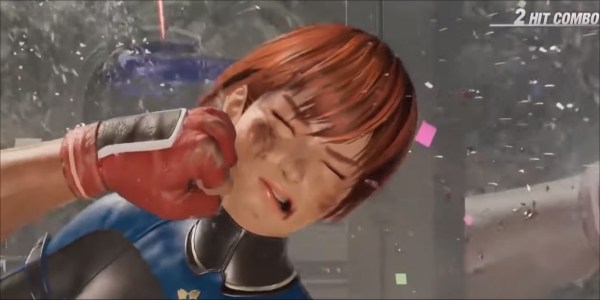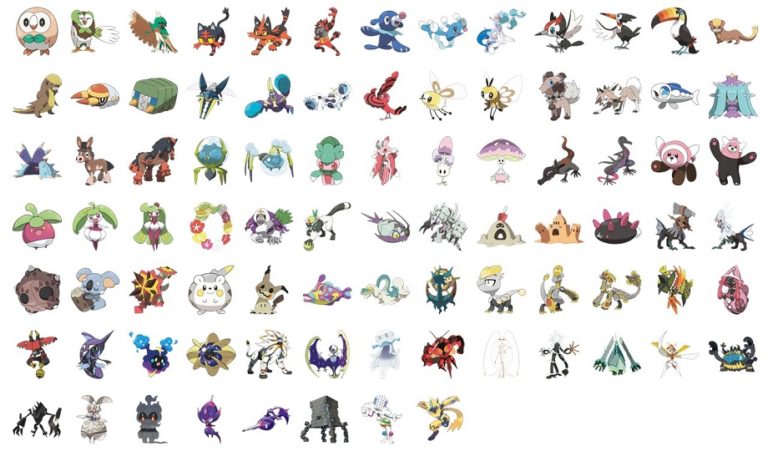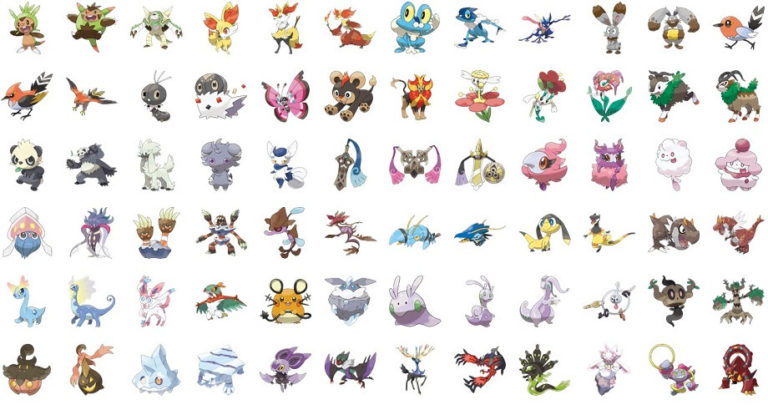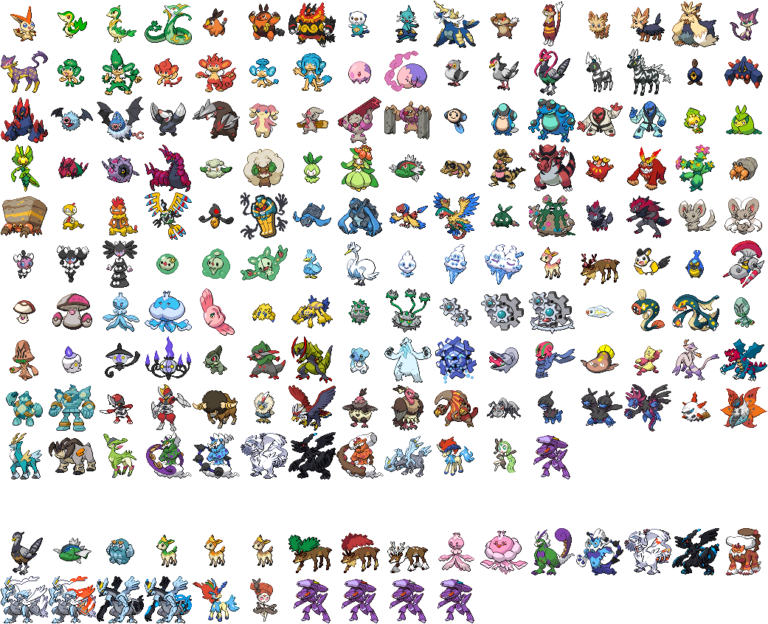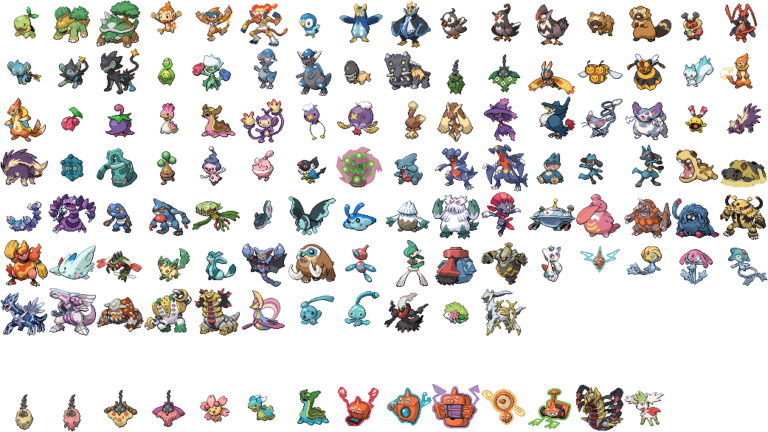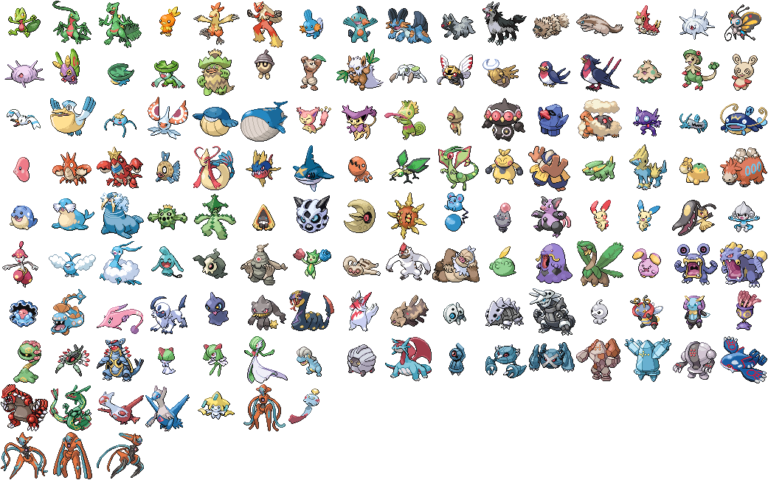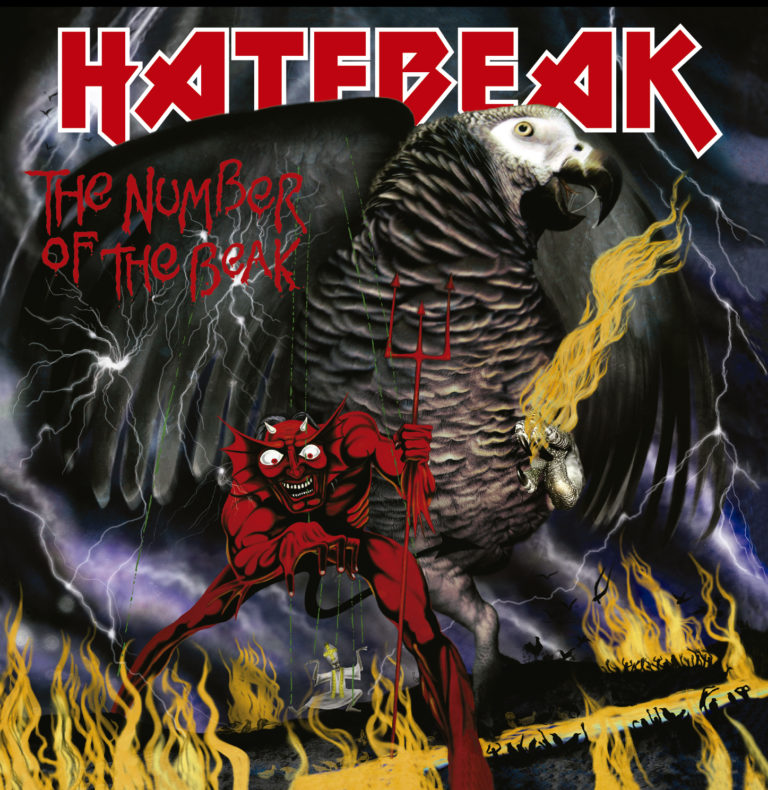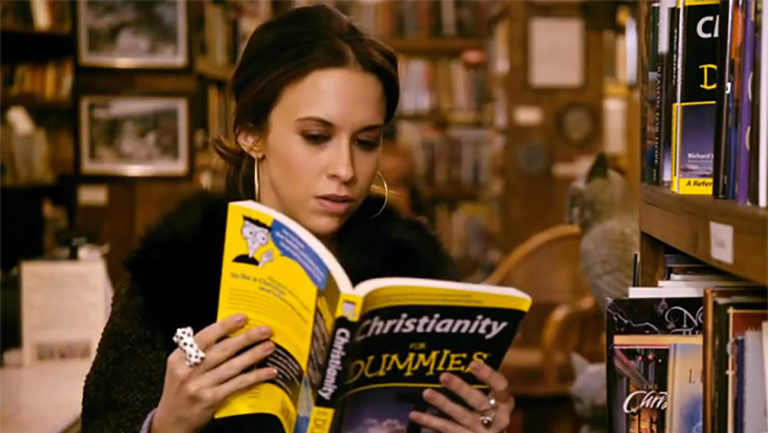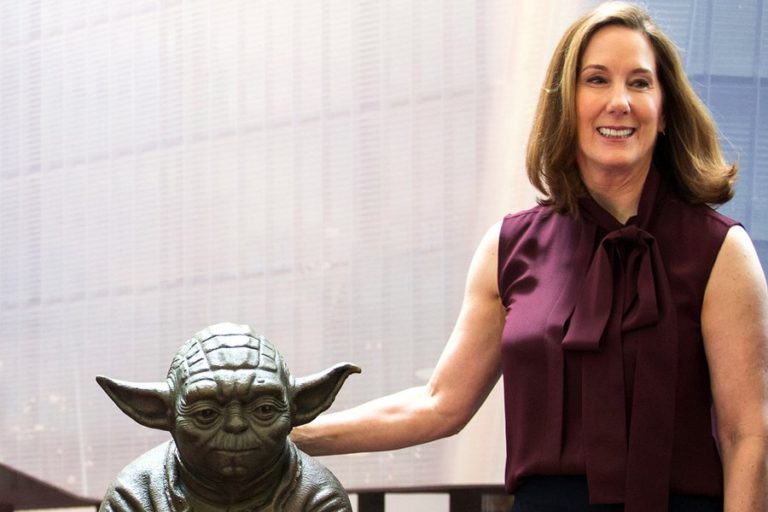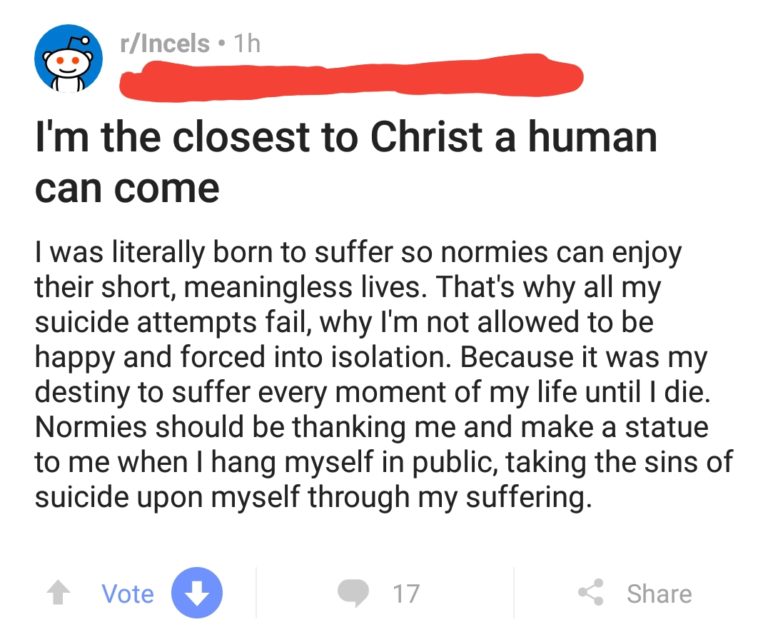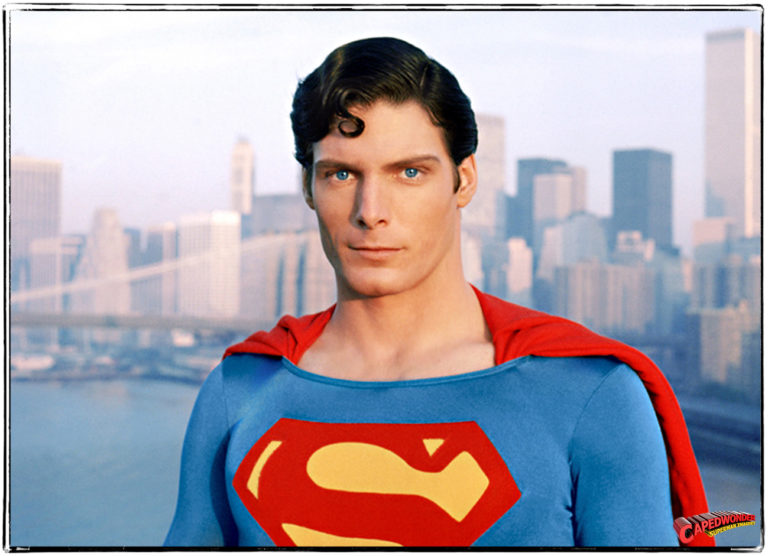When last we checked in with the Dead or Alive franchise, anti-SJW types were stirring up a controversy...
Year: 2018
Generation 7 (Sun, Moon, Ultra Sun, Ultra Moon) Love Much-Needed Gameplay Refinements and Improved Accessibility – I’m...
Generation 6 (X, Y, Omega Ruby, Alpha Sapphire) Love New Graphics Engine Shines – The pseudo-3D sprites...
Generation 5 (Black, White, Black 2, White 2) Love Insane Refinement and Ambition – Gen 5 was...
Generation 4 (Diamond, Pearl, Platinum, HeartGold, SoulSilver) Love Physical/Special Split Totally Changed the Game – As I’ve said before, in the...
(Just a disclaimer on this entry, Generation 3 is the only gen that I haven’t experienced first-hand....
Generation 2 (Gold, Silver, Crystal) Love Quality of Life Improvements – It cannot be overstated just how much better...
It isn’t really something that I have mentioned here on IC2S, but I absolutely love the Pokemon...
I was listening to a podcast the other day and someone mentioned off-hand that there was a...
Recently my girlfriend was looking for a movie that we could watch on Netflix and, surprisingly, asked...
Solo: A Star Wars Story is out this week and for the first time since 2008’s Clone Wars animated...
In the time period between #GamerGate (ugh) and the rise of Trump (BLEH), I started reading We Hunted...
I have been thinking about Superman a lot in the past few months. He’s such a ubiquitous...
I saw Ready Player One at the movies last night (it was a fun time), but there was...
